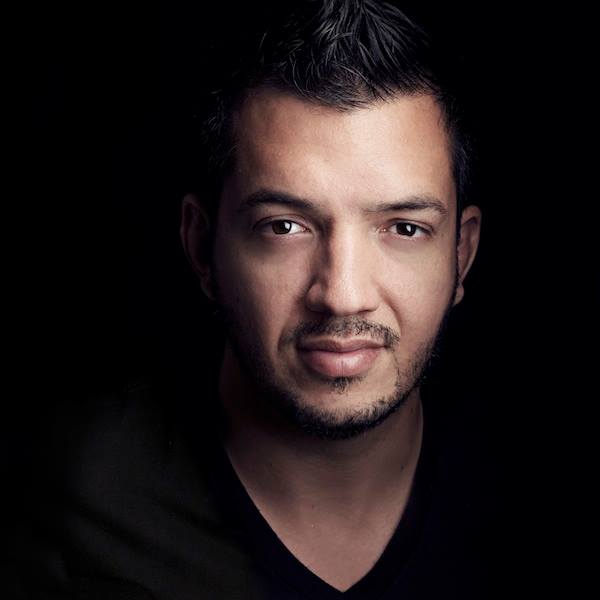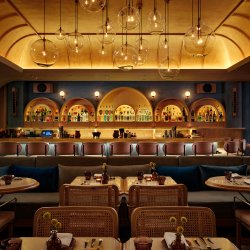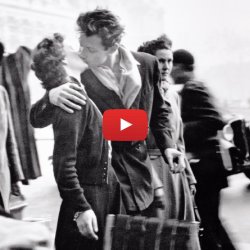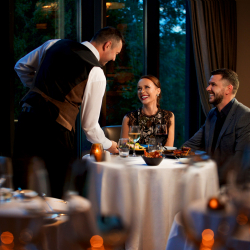What Robert Doisneau Can Teach Us About Travel Photography
What Robert Doisneau Can Teach Us About Travel Photography
And Why His Street Style Still Matters Today
Paris has long stood as a symbol of romance, culture, and everyday elegance. Few have ever captured its essence quite like Robert Doisneau—the gentle observer often referred to as the “poet with a camera.” His timeless black-and-white images of lovers, street performers, market stalls, and children at play helped immortalize the post-war spirit of the French capital. But beyond their visual charm, Doisneau’s photographs offer deeper insights—ones that extend far beyond the boulevards of Paris and straight into the heart of modern travel photography.
In her insightful new video, visual storyteller Tatiana Hopper takes us on a compelling journey through Doisneau’s life and work. From his beginnings as a lithographer to his rise as a pioneer of humanistic street photography, Hopper explores what made his approach so distinct—and why it still matters today. Especially for those seeking tips for travel photography, his legacy holds an abundance of practical and philosophical wisdom.
Street Photography as a Blueprint for Travel Photography
At first glance, street and travel photography may seem like separate genres. One is rooted in the urban flow of daily life, the other in documenting far-flung destinations. But in truth, they are closely related. Great travel photography is not just about sweeping landscapes or grand architecture—it’s about life as it happens. And that’s precisely what Doisneau captured so masterfully.
He had a rare ability to anticipate moments: a glance between strangers, the laughter of schoolchildren, a quiet kiss on a park bench. He framed these fleeting gestures with such care that they became timeless. This same skillset is invaluable to the modern travel photographer. It teaches us to be more than just image-makers—we must become storytellers of place and presence.
Finding the Extraordinary in the Ordinary
A central theme in Tatiana Hopper’s video is the way Doisneau celebrated the ordinary. He wasn’t chasing fame or spectacle—he was drawn to the rhythm of daily life. His images were filled with bakers, buskers, lovers, workers, and children, all living their quiet, beautiful moments.
For travel photographers, this is a reminder that some of the best images aren’t found in major landmarks, but in unnoticed details: a grandmother folding laundry on a balcony in Lisbon, a child feeding pigeons in a sunlit square in Marrakesh, or a street vendor preparing a meal in Hanoi. These are the kinds of scenes that resonate with viewers. They invite us into a culture, rather than just showing us around it.
So if you’re looking for tips for travel photography, start with this: don’t just chase the postcard shot—look for the poetry in the everyday.
The Power of Patience and Observation
One of the most striking lessons from Doisneau’s work is the importance of patience. He would walk for hours through Paris, waiting for the right light, the right subject, the right moment. In her video, Hopper highlights how Doisneau developed an almost intuitive sense for where something magical might happen—then quietly waited.
Today’s photographers, often constrained by tight schedules or social media pressures, can benefit greatly from this slower, more observational approach. Instead of rushing to shoot every “Insta-worthy” corner of a destination, allow time to breathe in the atmosphere. Observe how people interact with their environment. Notice when the light shifts and transforms a space.
This isn’t just a romantic idea—it’s practical advice. Some of the most compelling travel images come from waiting in one spot and allowing the story to unfold naturally in front of your lens.
Staging With Sensitivity: The Case of The Kiss by the Hôtel de Ville a classic case of a master street photographer and its similarities to travel photography.
Perhaps Doisneau’s most famous photograph, The Kiss by the Hôtel de Ville, appears candid at first glance. In reality, it was staged using two actors. While this sparked some criticism, Hopper argues that it’s a window into Doisneau’s deeper philosophy—photography, he believed, was not merely about documenting life, but about elevating it.
This notion might seem controversial to some purists, but for those working in modern travel photography, it raises an important point. Many destination campaigns or hospitality brands require staged moments: a couple dining al fresco, a family exploring a local market, or a solo traveler watching the sunset. These images are crafted, but they aim to reflect a genuine experience.
The takeaway from Doisneau is to stage with care and purpose. Don’t just place people into a scene—help them live the moment, and capture the authenticity within it.
Developing a Personal Vision
In a sea of algorithms, presets, and travel clichés, Doisneau’s work reminds us of the importance of personal vision. As Hopper notes in her video, his photography wasn’t just technically skilled—it was personal. His images weren’t created for fame or virality; they were love letters to the world around him.
For today’s travel photographers, this is perhaps the most important of all the tips for travel photography: know what you want to say. Let your experiences shape your perspective. Maybe you’re drawn to quiet solitude in landscapes, or the energy of crowded markets. Whatever it is, embrace it. That voice—your voice—is what sets your work apart.
Final Thoughts on the street style applied to travel Photography
Tatiana Hopper’s video is a beautifully rendered tribute to a man whose work still speaks across decades. But more than a history lesson, it’s an invitation: to slow down, to see more deeply, and to rediscover the power of observation.
For those of us navigating the fast-paced world of travel photography, the lessons of Robert Doisneau are not just relevant—they’re essential. They remind us that the heart of photography lies not in the equipment we use or the places we visit, but in our ability to see the world as it is—and as it could be.
So next time you find yourself in a new city, camera in hand, remember: the most memorable moment might not be on the itinerary. It might be right in front of you, waiting to be seen.









